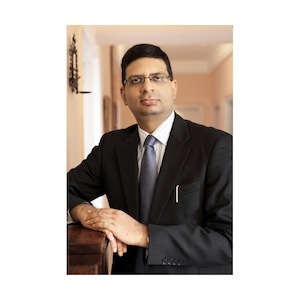
According to Sahay, Philips is uniquely positioned in the LED lighting segment across the spectrum and the company commands 30 percent market share in the domestic lighting segment.
Prices of LED lighting systems have fallen by more than 30 percent in the past 2-3 years due to increasing adoption and manufacturing technology improvements, according to a recent report from Frost & Sullivan.
Philips Lighting India has also proposed a reduction in the excise duty payable on the energy efficient lamps – T5 and T8. Currently the excise duty payable to energy efficient lamps is 12.36 percent.
“On the lines of the reduction which the industry received last year on LED lamps, Philips has gone back to the government for extending the same benefit to T5 and T8 lamps, which are highly energy efficient lighting solutions,” Sahay said. “We have put forward a case on how this reduction will help drive the conversion from T12 to T5 and T8 lamps, which will save a lot of government spend that will have to be otherwise made on setting up thermal power plants to generate more electricity.
With 20 percent of electricity consumption in a building attributed to lighting systems, there is indeed a great potential for LED lighting to gain prominence in India.
Bureau of Energy Efficiency (BEE) implemented Bachat Lamp Yojana, an ongoing program to promote energy-efficient and high-quality CFLs as replacement for incandescent bulbs, during the 11th Five Year Plan (FYP) (2007-12) –
Going forward, in the 12th and 13th FYPs, the Government must make efforts to replace these CFLs with LEDs, Frost & Sullivan noted.
